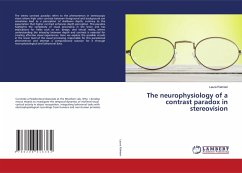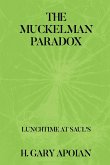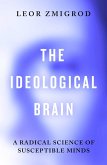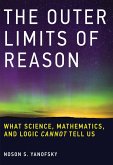The stereo contrast paradox refers to the phenomenon in stereoscopic vision where high color contrast between foreground and background can sometimes lead to a perception of shallower depth, contrary to the expectation that higher contrast enhances depth perception. This paradox highlights the complexity of visual processing in the brain and has implications for fields such as art, design, and virtual reality, where understanding the interplay between depth and contrast is essential for creating effective visual experiences. Here we explore the possible circuits in the lower level of the visual processing responsible for this paradoxical phenomenon and attempt a computational solution for it through neurophysiological and behavioral data.
Bitte wählen Sie Ihr Anliegen aus.
Rechnungen
Retourenschein anfordern
Bestellstatus
Storno









